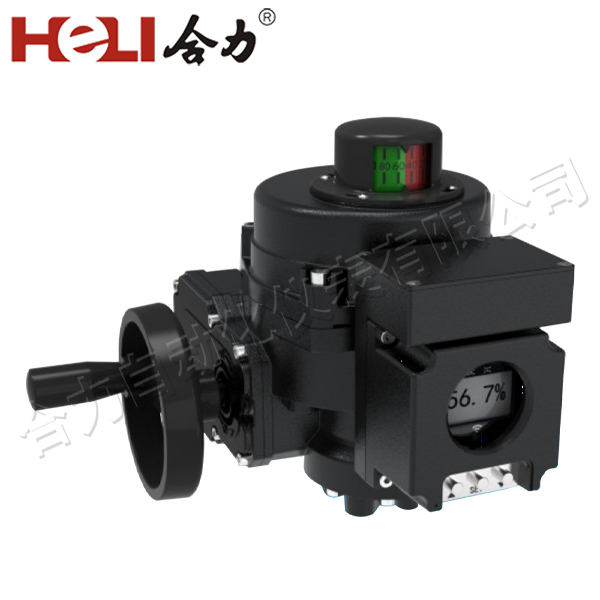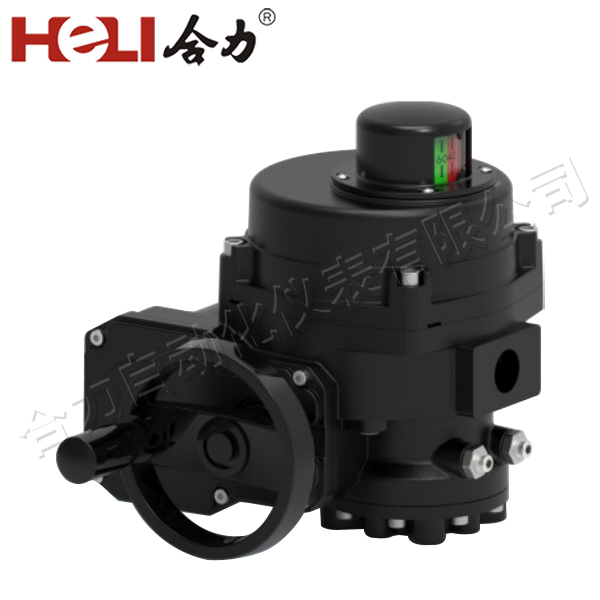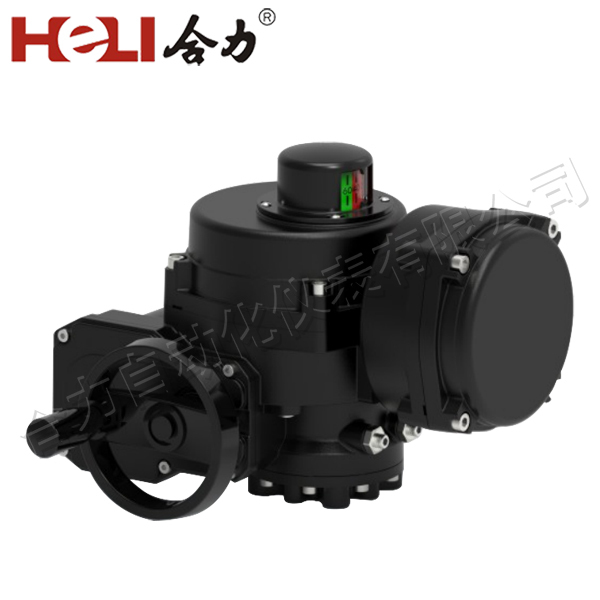Lithium batteries are a popular choice for energy storage in various applications, including electric vehicles (EVs), renewable energy systems, and uninterruptible power supplies (UPS). Their high energy density, long lifespan, and fast charging capabilities make them an ideal solution for powering everything from residential solar setups to industrial backup systems. However, installing lithium battery electrical systems requires careful planning and attention to detail. This article explores the critical elements of lithium battery electrical installation to ensure a safe, efficient, and long-lasting system.

Understanding the Basics of Lithium Battery Electrical Installation

Lithium batteries store energy chemically and are commonly used in applications where traditional lead-acid batteries or other energy storage solutions might fall short. However, their installation involves several key considerations to ensure optimal performance and safety. The installation process typically includes selecting the right battery, configuring the electrical system, connecting components, and ensuring ongoing maintenance. Selecting the Right Lithium Battery for the Application The first step in a successful lithium battery electrical installation is choosing the right battery for the specific application. Different types of lithium batteries are available, such as Lithium Iron Phosphate (LFP) and Nickel Cobalt Manganese (NCM). Each type has unique benefits and is suited for specific applications. For instance, LFP batteries are known for their safety, long cycle life, and stability, making them suitable for home energy storage systems and electric vehicles. In contrast, NCM batteries offer higher energy density, making them ideal for applications that require higher power outputs, such as electric vehicles or commercial storage solutions.
